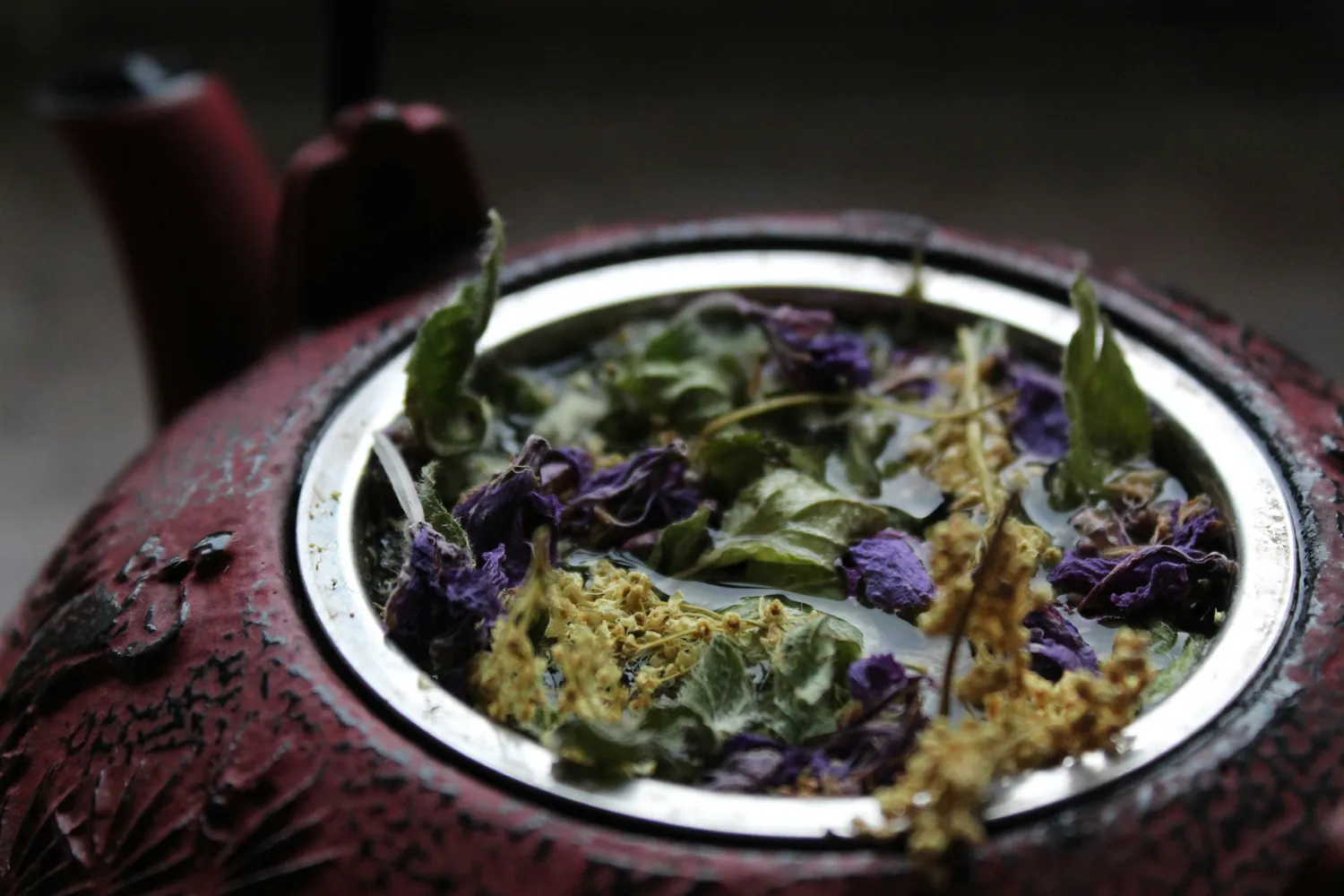Your Path to Thriving Culinary Herbs for Delicious Homemade Meals

The Joy of Growing Your Own Herbs
Growing culinary herbs at home is a rewarding endeavor that not only enhances your meals but also connects you with the ancient traditions of using fresh ingredients. There's a distinct pleasure in plucking a sprig of rosemary or a handful of basil leaves straight from your garden, knowing it will elevate your dish to new heights.
Choosing the Right Herbs for Your Kitchen
Before getting your hands dirty, it's essential to choose the right herbs that suit both your palate and your gardening conditions. Here's a simple framework to get you started:
- Consider Climate: Some herbs like basil and cilantro prefer warm climates, while others like mint and chives thrive in cooler conditions.
- Culinary Preferences: Choose herbs that align with the types of cuisines you frequently prepare. For instance, if Italian dishes are a staple in your home, opt for oregano, basil, and parsley.
- Space Availability: Whether you have a sprawling backyard or a sunny windowsill, select herbs based on the space you have available.
Beginner-Friendly Herbs
If you're new to herb gardening, start with these easy-to-grow varieties:
- Basil: Great for pestos and Caprese salads.
- Mint: Perfect for teas and cocktails.
- Parsley: A versatile garnish for soups and stews.
Basic Care Tips for Thriving Herbs
Cultivating healthy herbs requires understanding their needs and providing the right care. Here’s how you can ensure your herbs thrive:
- Sunlight: Most herbs require at least 6 hours of direct sunlight. Place them in a south-facing window or use grow lights if natural light is insufficient.
- Watering: Herbs prefer well-drained soil. Allow the top inch of soil to dry out between waterings to prevent root rot.
- Soil and Containers: Use pots with drainage holes and a high-quality potting mix. Ensure the containers are large enough to accommodate the growing roots.
Incorporating Fresh Herbs into Your Cooking
Once your herbs are flourishing, it's time to bring their flavors into your kitchen. The key is knowing how to pair them with everyday dishes:
Classic Pairings
- Basil: Complements tomatoes perfectly, making it ideal for sauces and salads.
- Cilantro: Adds freshness to salsas, guacamole, and Asian-inspired dishes.
- Rosemary: Enhances roasted meats and vegetables with its robust aroma.
Experimenting with Flavors
Don't be afraid to experiment with unconventional pairings to create unique taste experiences:
- Lemon Thyme: Pairs beautifully with fish and chicken dishes, adding a citrusy note.
- Sage: Works well in savory butters or as a garnish for pumpkin soups.
A Simple Framework for Using Herbs
Integrate herbs seamlessly into your cooking routine with this practical framework:
- Mise en Place: Prepare all your ingredients beforehand, including washed and chopped herbs, to streamline the cooking process.
- Taste Test: Add herbs gradually to control flavor intensity and achieve the desired taste balance.
- Finish with Freshness: Add delicate herbs like basil and cilantro at the end of cooking to preserve their vibrant flavors.
Caring for Your Herb Garden Year-Round
Your herb garden doesn’t need to be a seasonal affair. With the right strategies, you can keep it thriving all year long:
- Indoor Growth: During colder months, bring potted herbs indoors. Ensure they receive adequate light and maintain moderate humidity levels.
- Pest Control: Keep an eye out for common pests like aphids and mites. Use organic solutions such as neem oil if needed.
The Culinary Rewards
The time and effort invested in growing your own culinary herbs pay off not just in the kitchen but also in wellbeing. Fresh herbs are packed with nutrients and antioxidants, enhancing not just flavor but also health benefits.
With these tips and framework, anyone can cultivate a thriving herb garden at home, enriching homemade meals with fresh flavors that delight the palate and warm the soul.
